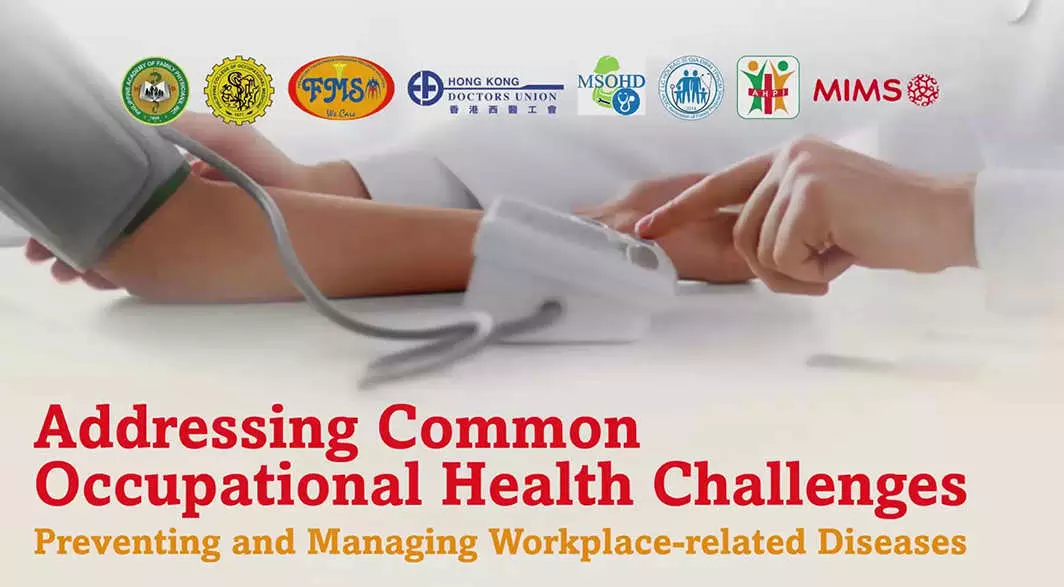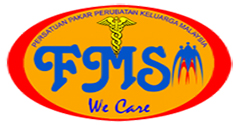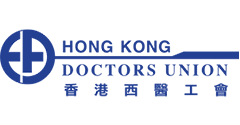MIMS Education


Addressing Common Occupational Health Challenges: Preventing and Managing Workplace-related Diseases
Overview
About this course
Work-related diseases can significantly impact occupational health and safety, leading to productivity
losses, increased healthcare costs, and decreased employee morale. It is essential for primary care
physicians to be equipped with the knowledge and resources necessary to effectively address these
challenges. Occupational health and safety policies and procedures, including those on ergonomics and mental
health, should prioritize workers' health by improving work conditions and environment.
The primary
objective of this webinar is to empower primary care physicians with practical insights and resources
essential to safeguarding employee welfare and fortifying workplace safety standards. By comprehensively
addressing the identification, prevention, and management of workplace-related diseases, attendees will gain
valuable knowledge and tools to enhance their ability to protect the health and well-being of workers across
various industries.
Learning outcomes
At the end of this learning module, participants should be able to:
- Explore the role of occupational health and safety regulations in preventing workplace-related diseases.
- Understand the psychological and social factors contributing to workplace-related diseases, such as stress and burnout.
- Learn about ergonomic principles and interventions to minimize the risk of musculoskeletal disorders and repetitive strain injuries.
- Discuss the importance of proper ventilation, personal protective equipment (PPE), and hazard control measures in preventing respiratory illnesses and exposure to toxic substances.
- Understand corporate objectives for health promotion and the importance of workplace health programs.
- Adopt a framework to develop workplace health promotion programs aligned with national themes to address employee health risks and issues.
- Perform workplace health screenings properly.
- Develop effective workplace health promotion programs.
- Perform timely evaluations of workplace health promotion programs.
Topics covered
-
Identifying and Preventing Common Workplace-Related Diseases
- Role of occupational health and safety regulations in preventing workplace-related diseases
- Stress, burnout, and mental health
- Musculoskeletal disorders and ergonomics
- Proper ventilation, personal protective equipment (PPE), and hazard control measures
-
Health Promotion and Disease Management: Programs for a Healthy Workforce
- Importance of workplace health programs
- Understanding the national landscape
- An integrated approach and framework for health promotion programs
- Workplace health screening
- A health promotion program
Keywords: occupational health and safety, work-related diseases, mental health in the workplace, ergonomics, hazard control measures, workplace health promotion programs
In collaboration with
.jpg)






